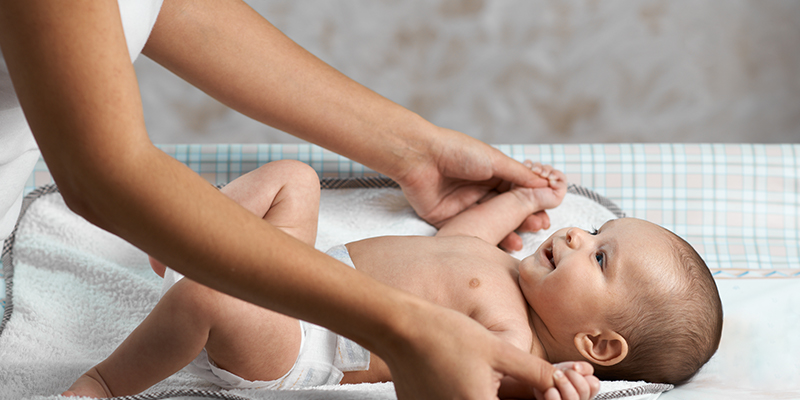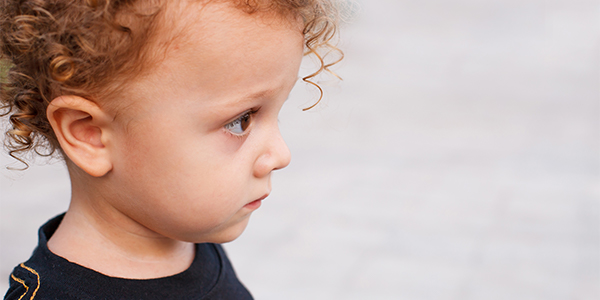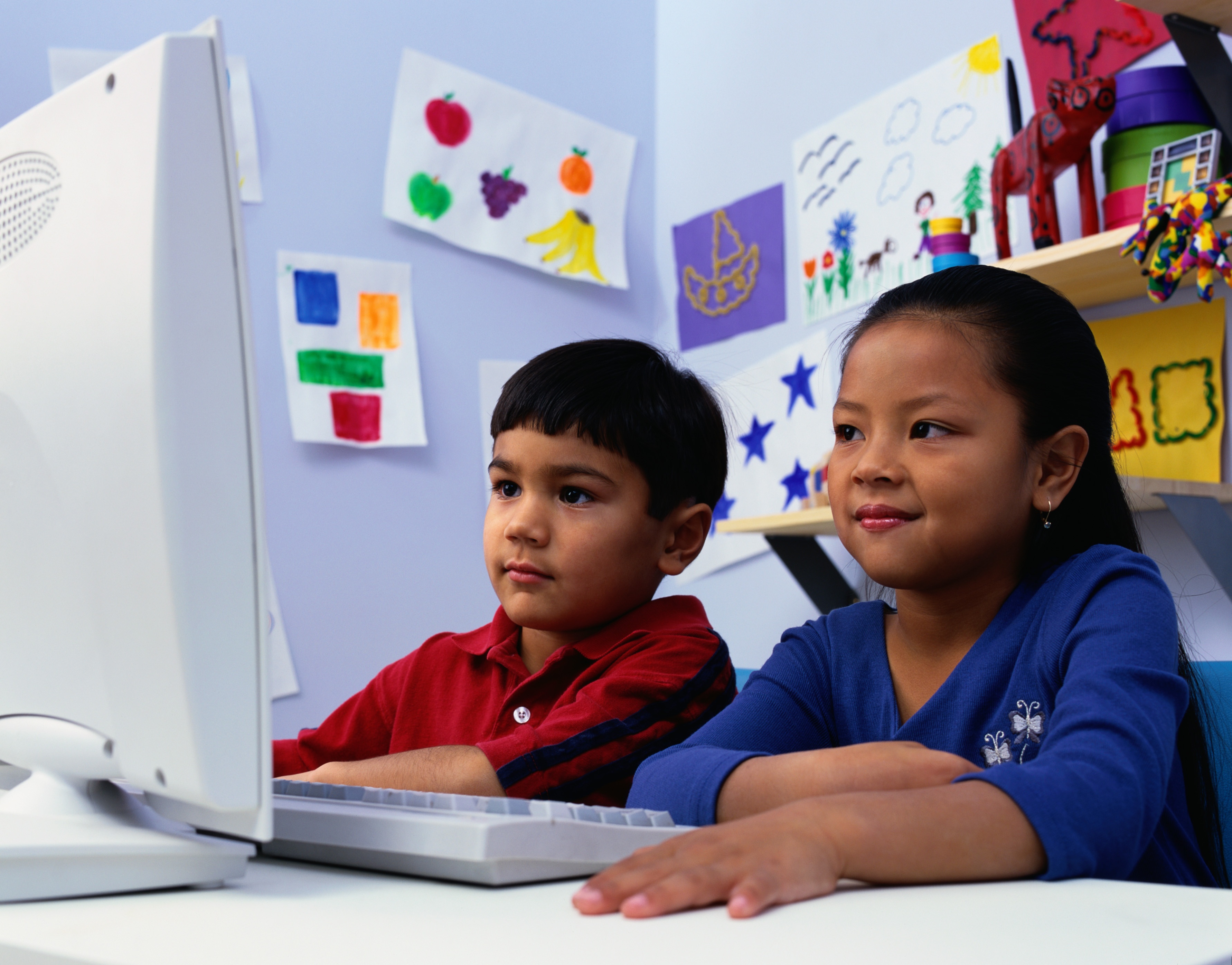
Taking care of young children is messy business! Between diaper changes, runny noses and regular play time, providers are always thinking about sanitation in order to keep their children and themselves from getting sick.
Sanitation practices are woven throughout a lot of different parts of a child care provider’s day, from making sure the center or home is clean and sanitary, to food handling and diaper changing. Every part of the day requires different steps and procedures for effective cleaning.
Hand-washing and Hand Hygiene
Practicing hand-washing and hand hygiene is the most basic step to preventing the spread of germs, and providers and children should wash their hands multiple times throughout the day. Caring for Our Children has recommendations on how providers and children should wash their hands, and when. The Center for Disease Control and Prevention (CDC) also has a lot of great resources on handwashing:
Diaper Changing and Toileting
Sanitation also plays an important role in diaper changing. If providers don’t follow proper sanitation guidelines during diaper changing, they can spread germs to themselves and all the children in their care very quickly. There are several steps that providers need to follow in order to prevent the spread of disease, including hand washing and hand hygiene before and after changing, and disinfecting the changing table after changing. Try hanging a poster like this in your diapering area to remind staff of the proper procedures.
Providers should make sure that they’re keeping toileting areas clean and sanitary, too. Children and staff need to wash their hands after each bathroom use. Providers also need to clean and disinfect toileting areas using gloves and cleaners/tools that are only for the toileting areas. For more information on environmentally friendly alternatives to harsh chemicals, see our blog post on toxic chemicals in child care programs.
Food Handling, Preparation, and Meal Times
An unsanitary environment for food handling, preparation and meal time can be dangerous, since food can easily go bad or spread germs if not handled properly. Child care providers should be trained on how to handle food so they don’t spread harmful diseases to themselves, other providers or children. Here are some simple steps that providers can take to prevent food poisoning, along with other resources for food safety.
And so much more!
What are other parts of the day that providers should be thinking about sanitation? There are too many to count! CCR&Rs can help providers navigate through this deep topic, and help them include sanitation in all parts of their day. CCR&Rs can look at Caring for Our Children for guidance on writing sanitation policies and procedures, and for best practices.






